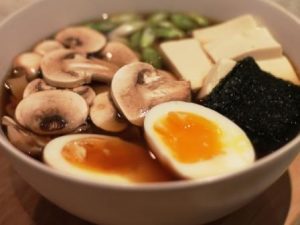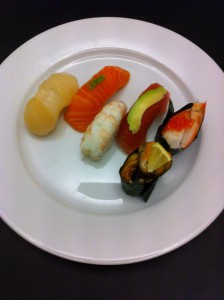
In Japan, the Japanese prefer to eat fish while in season.
Most sushi restaurants in Japan regularly replace their menus with seasonal fish.
One of the fish that has a special meaning is eel. It is a fatty fish, which in Japan is considered an exclusive fish. It is most often enjoyed in the summer.
In Japan there are 2 different kinds of eel freshwater eels and saltwater eels. As a guest, you do not notice the difference. As a chef, the 2 different eels allow you to cook them in different ways.
In Japan, you will find eels on the menu at sushi restaurants and in classic Japanese restaurants. In sushi restaurants, eels are eaten in a way that in the traditional Japanese restaurants are prepared and eaten in several different ways.
In Denmark, eel is not widespread in the same way as in Japan. Most people enjoy smoked eel on a good piece of rye bread.
At the Sushi course for beginners, you will learn how to make delicious and tasty sushi the most popular fish.
Read more about Sushi course for beginners
_
Zoë has lectured and held sushi courses for A. P. Moller – Maersk, Hugo Boss Nordic, Novo Nordisk, Novartis, Velux, Gorrissen Federspiel, Beierholm revision, Elbek & Vejrup and many more.








